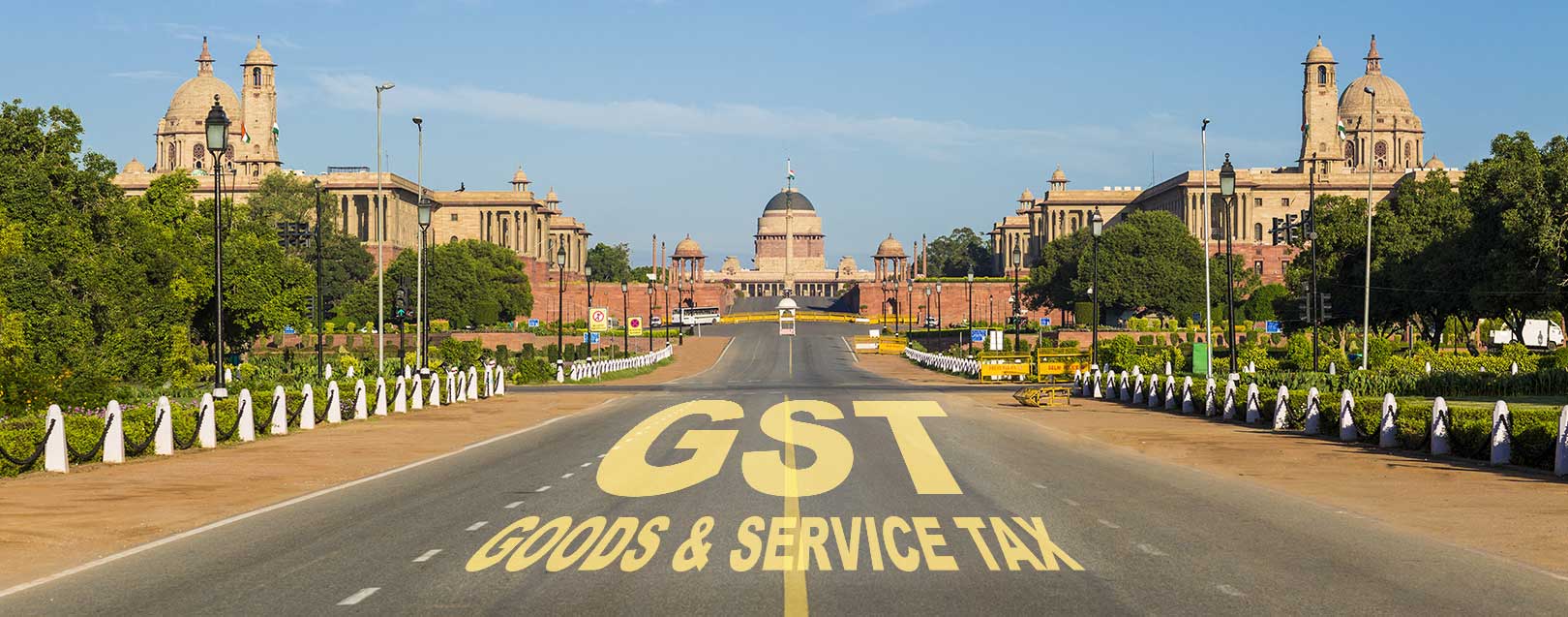
India’s most ambitious tax reform steaming ahead
Sourced by Sheela Mamidenna
GST is considered to be India’s most ambitious tax reform and the Government of the say has made much progress this year towards ushering in the GST regime. The Constitution (One Hundred and Twenty-Second Amendment) Bill, 2014 was passed by the Rajya Sabha on 3rd August 2016 and by the Lok Sabha on 8th August 2016. Soon after, the Bill was ratified by the States with 2/3rds majority, and received Presidential assent on September 9th, 2016, to be enacted as the Constitution (One Hundred and First Amendment) Act, 2016 (“Amendment Act”). The provisions of the Amendment Act were notified in September 2016, which immediately raised certain issues as to the Government’s present power to levy duties, taxes. The Finance Ministry cleared the air on this aspect, and the focus on all matters GST shifted to the GST Council (“GSTC”), which has been formed in terms of Article 279A of the Constitution. The Finance Minister is the Chairman, the Revenue Secretary (Ministry of Finance) has been appointed as the ex-officio Secretary to GSTC, and the Central Board of Excise and Customs Chairperson has been included as permanent invitee (non-voting) to all GSTC proceedings. Finance (Revenue) Ministers of all Indian States (or other ministers nominated) are members of the GSTC as well.
Per the Amendment Act, the GSTC is entrusted with the power to recommend the threshold limits, rates of GST, list of exempted supplies, apportionment of GST on inter-State supplies, principles governing place of supply, etc.
Meeting of the GSTC
The GSTC has till date held two meetings. During its first meeting on (22nd to 23rd September), consensus was reached on some issues including: (i) threshold limit (of Rs 10. lakhs for assessees in North-Eastern States, and other hill States, and Rs. 20 lakhs for all other States), (ii) the subsumption of all cesses presently levied (such as Education Cesses, Swachh Bharat cess etc.) within the GST to be levied. As regards administrative control, it was decided that States were to have administrative control over Value Added Tax (“VAT”) registered assessees with an annual turnover of less than Rs. 1.5 crores. For VAT registered assessees with a turnover of above Rs. 1.5 crores, a system of cross empowerment between States and Centre was agreed on. Further, for service tax assessees, it was agreed that State Government officials would have to be trained in due course to handle the service tax matters, and until such time, the Central Government would have exclusive jurisdictional control over all service tax assessees (irrespective of their turnover).
During the second meeting of the GSTC (on 30th September), the draft GST rules on the invoice, registration, return, notification and payment which were released for public comments were approved by the GSTC. These rules will be notified after the enactment of the GST Act. Unfortunately, in the course of discussions, the division of administrative control over assessees, between the Centre and the State on which consensus was previously reached, turned out to be a thorny issue, and the consensus on this topic broke down. States have requested for better clarity regarding control of service tax assessees in sectors where both goods and services are involved, such as in construction. A technical committee of officers has now been set up to examine these issues; this committee will hold meetings, including one in the week commencing 3rd October in Ahmedabad, to later brief their respective State Finance Ministers.
In the third meeting of the GSTC, scheduled to take place from 18th to 21st October, the GSTC is to select the Vice-chairman of the GSTC (from one of the State’s Ministers) and discuss the formula for calculating compensation for States, and rates for GST. Pertinently, the Reserve Bank of India in its Monetary Policy Report mentioned that an 18% GST rate would not have a material impact on the inflation. It now has to be seen what the GSTC fixes up as its recommendation as to rates.
Thereafter, in November 2016, the GSTC will finalize the draft Model GST laws, and also finalize the crucial GST rates and the list of exempted goods and services.
The GSTC’s powers are wide, and as a key decision-maker, the GSTC is expected to be India’s most powerful federal body. Its role does not conclude upon implementation of GST and will continue during the regular administration of the new tax regime.
GST Network
Technology (“IT”) is the backbone of the impending GST reform. It is the IT systems which will assist to make India the ‘common market’ that this reform is aimed towards and the GST Network (“GSTN”) is at the helm of it. The GSTN has released an Application Program Interface (“API”) and eligibility criteria for GST Suvidha Providers (“GSPs”). The Suvidha Providers will be third party service providers who will become the agencies of the APIs. They will develop applications and web portals as an alternate interface for the taxpayers (to facilitate integration with GSTN).
Conclusion
Before parting, the above are amongst several indications that the polity of the country is all out to meet the 1st April 2017 dateline to embrace GST.








 to success.
to success.